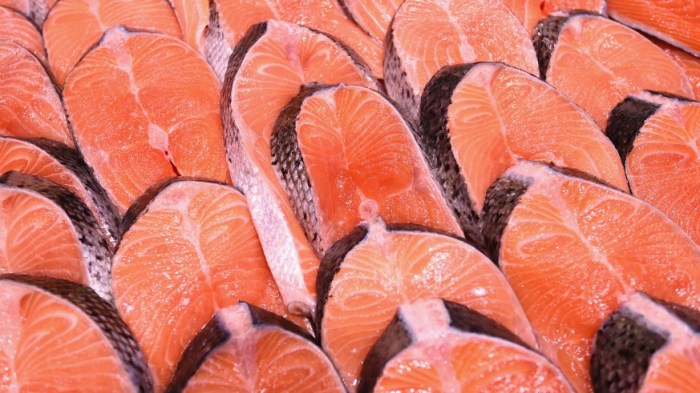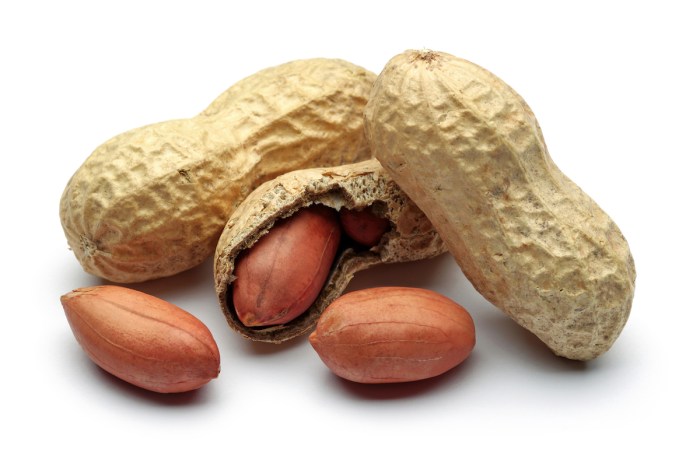You eat right, exercise and generally do all the things you’re supposed to do in order to maintain a healthy weight. Yet, you’re still overweight.
What gives?
It might really be genetics, at least according to a study published in November in the Proceedings of the National Academy of Sciences.
“We call it fault-free obesity,” said Vann Bennett, M.D., PhD., senior author of the study and George Barth Geller Professor of Biochemistry at Duke University School of Medicine of the gene, known as ankyrin-B.
In the study, researchers noticed that mice with the gene “sucked up” glucose into cells faster than normal, causing them to double in size. Add in a slower metabolism or a high-fat diet and “obesity becomes all but inevitable.”
“We believe this gene might have helped our ancestors store energy in times of famine,” Bennett said. “In current times, where food is plentiful, ankyrin-B variants could be fueling the obesity epidemic.”
What is the gene for obesity, ankyrin-B?
Bennett discovered ankyrin-B 30 years ago and, in the years afterward, discovered that lab mice with the gene were fatter than their litter mates without it. Later tests showed that the mice with the variants quickly gained fat from “locking away” the calories in fat tissue instead of sending them to other parts of the body to be used as energy.
“The problem is, we still didn’t know how this gene worked,” said Bennett. “There is this common belief in the field that much of obesity can be traced back to appetite and the appetite control centers that reside in the brain. But what if it isn’t all in our head?”
For the latest research, they “knocked out” the gene in mice with ankyrin-B and found that they still gained weight — especially as they aged or ate a high-fat diet.
“We quickly learned that the increased accumulation of lipids in fat cells ‘spilled over’ to the liver and muscles,” researcher Damaris Lorenzo, PhD, said. “The abnormal accumulation of fat in these tissues led to inflammation and disruption of response to insulin, a hallmark of type II diabetes. A similar cascade of events is what often takes place in humans, and that is why obesity can be so detrimental to our health.”
They then tested mice with variants of the gene — the same variants found in 8.4 percent of African Americans and 1.3 percent of Caucasians and found they worked the same way.
“We found that mice can become obese without eating more, and that there is an underlying cellular mechanism to explain that weight gain,” Bennett said. “This gene could enable us to identify at-risk individuals who should watch what kind of calories they eat and exercise more in order to keep their body weight under control.”
Genetics vs. lifestyle: The debate continues
Bennett and his team can’t yet say that the presence of ankyrin-B in humans impacts weight. The next step is to research humans with the gene and compare against factors known to affect weight — like eating and exercise habits — along with family histories, metabolism, psychological traits and more.
However, another recent study conducted by California’s Lawrence Berkeley National Lab found that genetics doesn’t necessarily play into weight. For the study, they researched 35 pairs of twins and found that certain traits — like obesity — aren’t hereditary, but a reflection of diet and exercise habits.
One set of twins studied, John and Wayne Sovocool, have the same genes, but Wayne weighs 50 pounds more than his brother. The reason? Wayne eats more; John runs and lifts weights more.
“Even though these two have the same genes, they do have the freedom of choice. They can decide how much they want to exercise, how lean they want to be,” Paul Williams, researcher on that study, told ABC News.






















